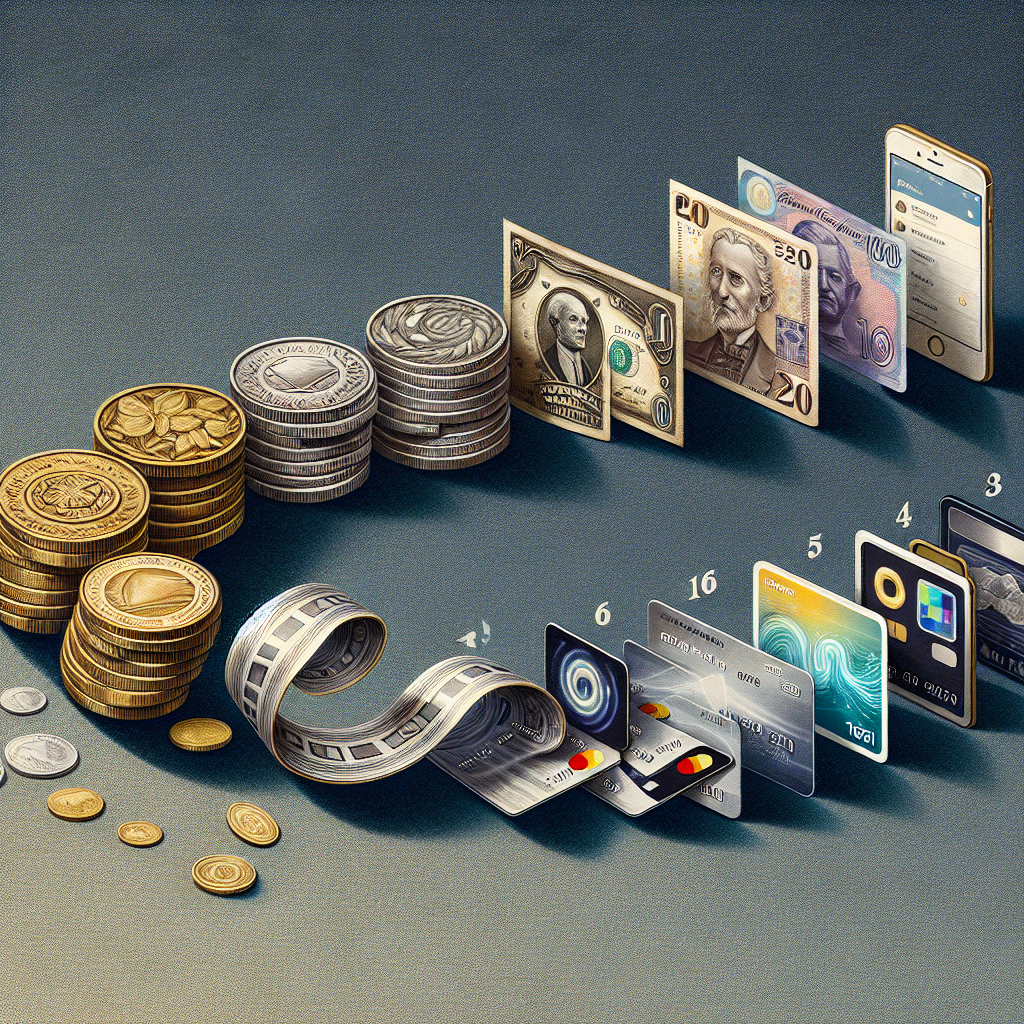Five years after the first global pandemic in over a century, it is important to reflect on how the Covid-19 lockdown disrupted working habits, limited leisure activities, and strained family relationships. However, in Boris Johnson’s inner circle at Downing Street, life seemed to carry on as usual.
As we now witness the revival of restaurants, theaters, and travel, it is crucial to consider how the investment landscape has evolved, leading to questions about effective money management.
Prior to the pandemic, there was minimal volatility in output and inflation. The Covid-19 lockdown changed everything, introducing higher levels of unpredictability. Central bankers have managed to control the inflation surge without causing significant spikes in unemployment, but returning inflation to target levels remains challenging. Additionally, market volatility has become a common occurrence, partly due to erratic policymaking by the Trump administration.
Geopolitical tensions, such as Russia’s invasion of Ukraine and China’s assertiveness, have further increased market volatility. However, there have been notable shifts in Europe, particularly in Germany, where there is a newfound willingness to increase military and infrastructure spending.

With the Eurozone emerging from years of economic stagnation, there is hope that increased fiscal spending on defense will reinvigorate Europe. However, the record levels of public debt across developed nations pose a significant challenge. Rising borrowing costs and the need for increased spending on healthcare, pensions, defense, and climate initiatives further complicate the financial landscape.
Defined contribution pension scheme members now have the opportunity to earn decent returns by shifting from equities to bonds and cash as interest rates normalize. This shift highlights the importance of diversification and a defensive portfolio stance in the current economic climate.
The dominance of passive funds over actively managed funds in market share has been a boon for private investors. Indexed funds with low fees offer enhanced returns over the long term, outperforming actively managed funds.

While passive investing offers benefits, there is a new risk of investment concentration, particularly in the US stock market. The high concentration of US tech stocks poses a vulnerability to market performance, raising concerns about systemic risk.
Given the current economic uncertainties, diversification remains a key strategy for investors. Defensive positioning, including holding cash and investing in gold, can provide stability in volatile market conditions. Gold, with its historical value and status as a safe haven asset, offers protection against inflation and geopolitical risks.
However, the rise of cryptocurrencies as a portfolio hedge presents unique challenges. Cryptocurrencies lack underlying value and are subject to extreme volatility, making them a risky investment choice.

As investors navigate the evolving investment landscape, a cautious and diversified approach is recommended. With mounting debt levels and market uncertainties, prioritizing defensive strategies can help mitigate risks and ensure financial resilience in the face of economic challenges.

